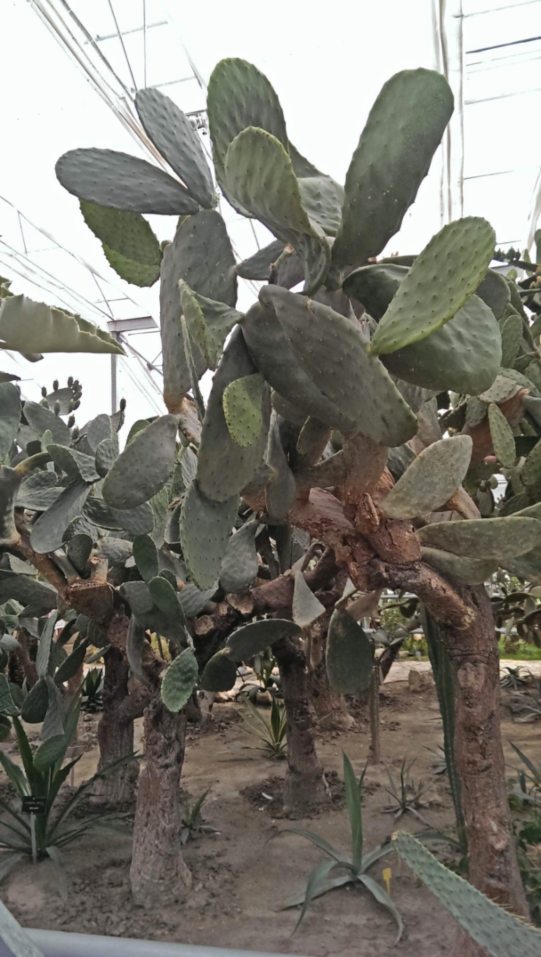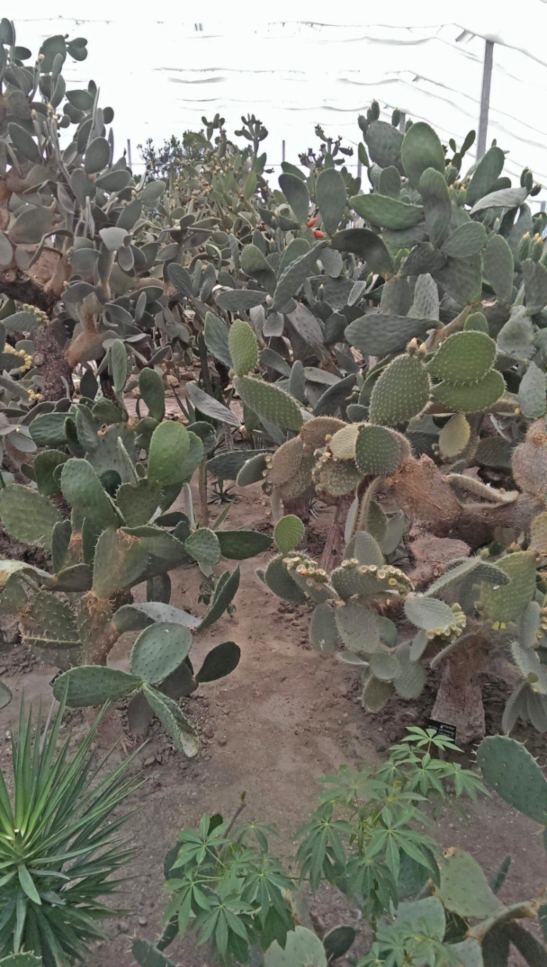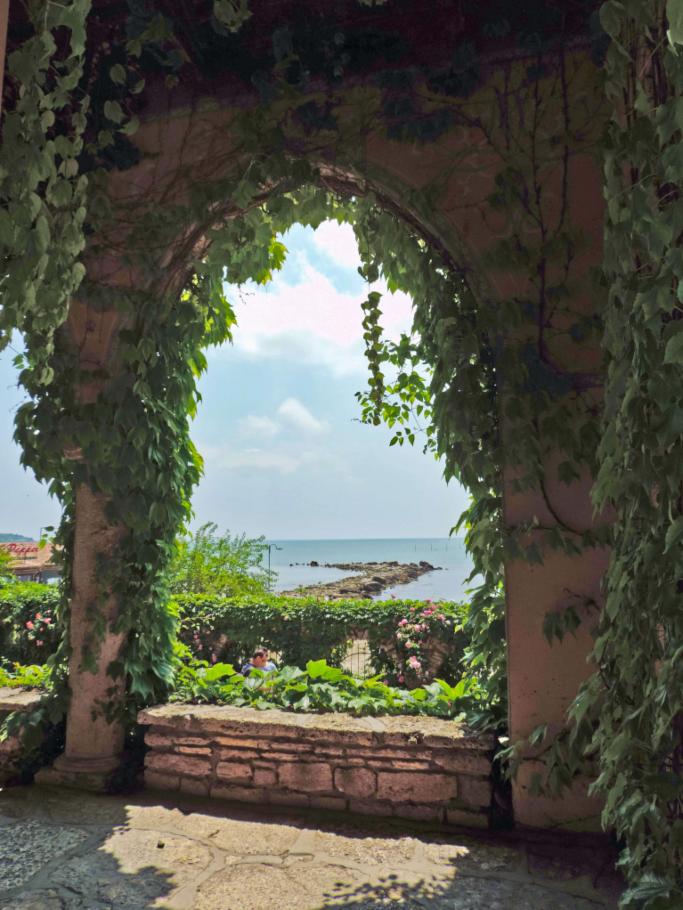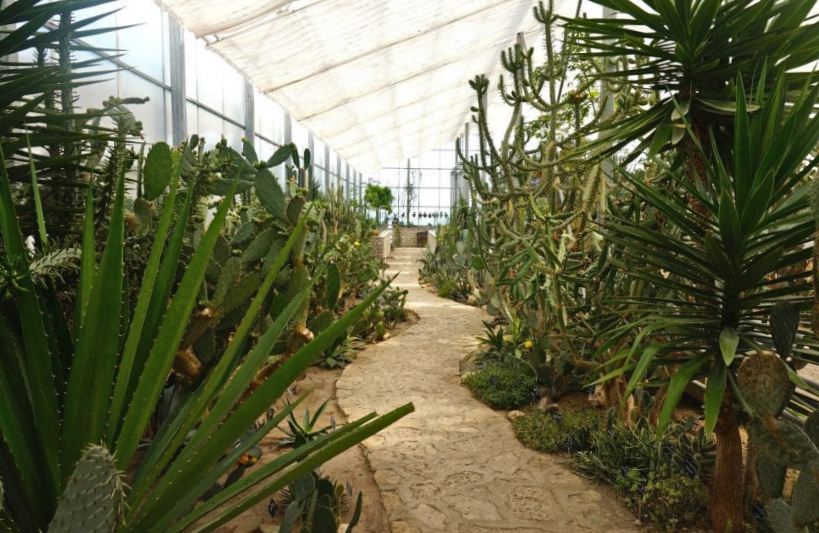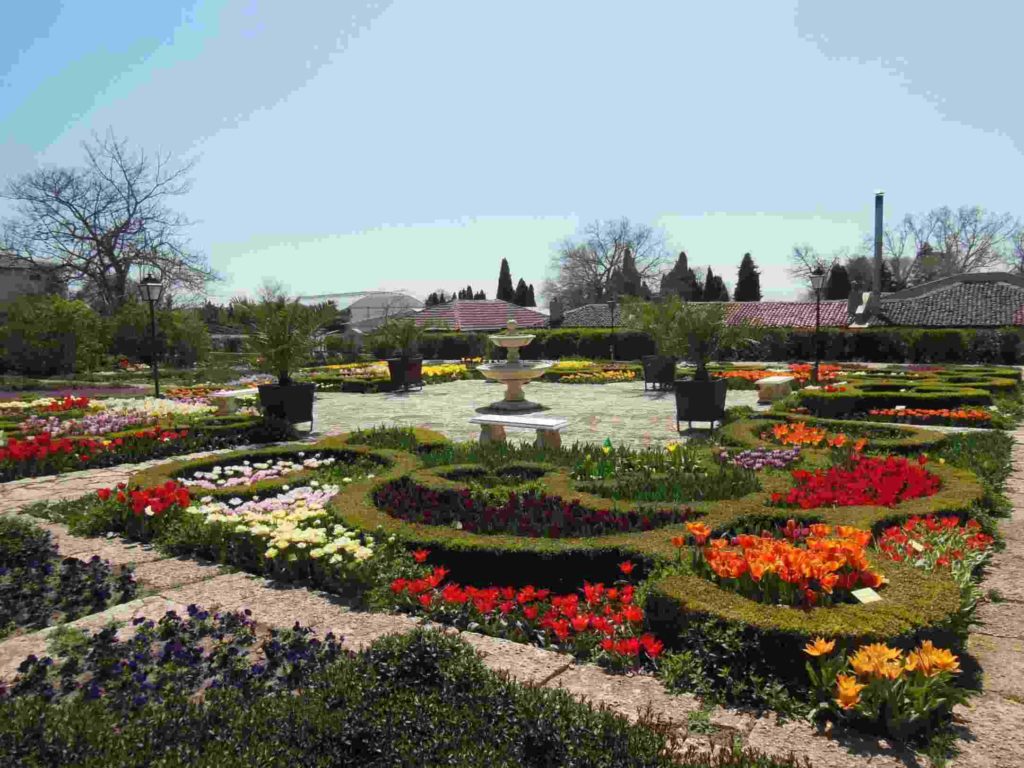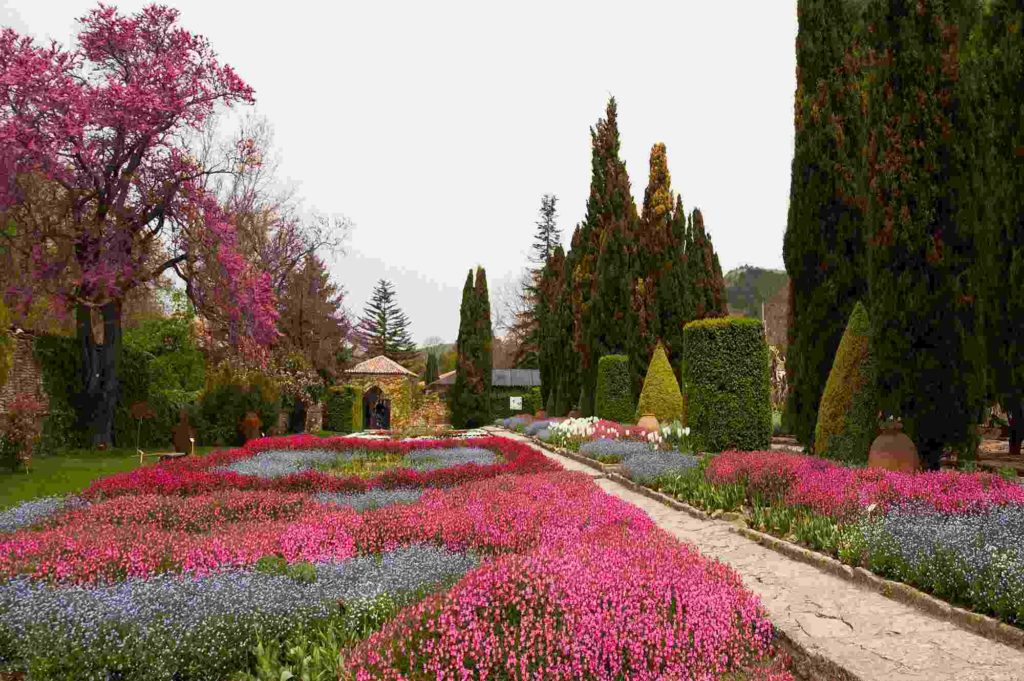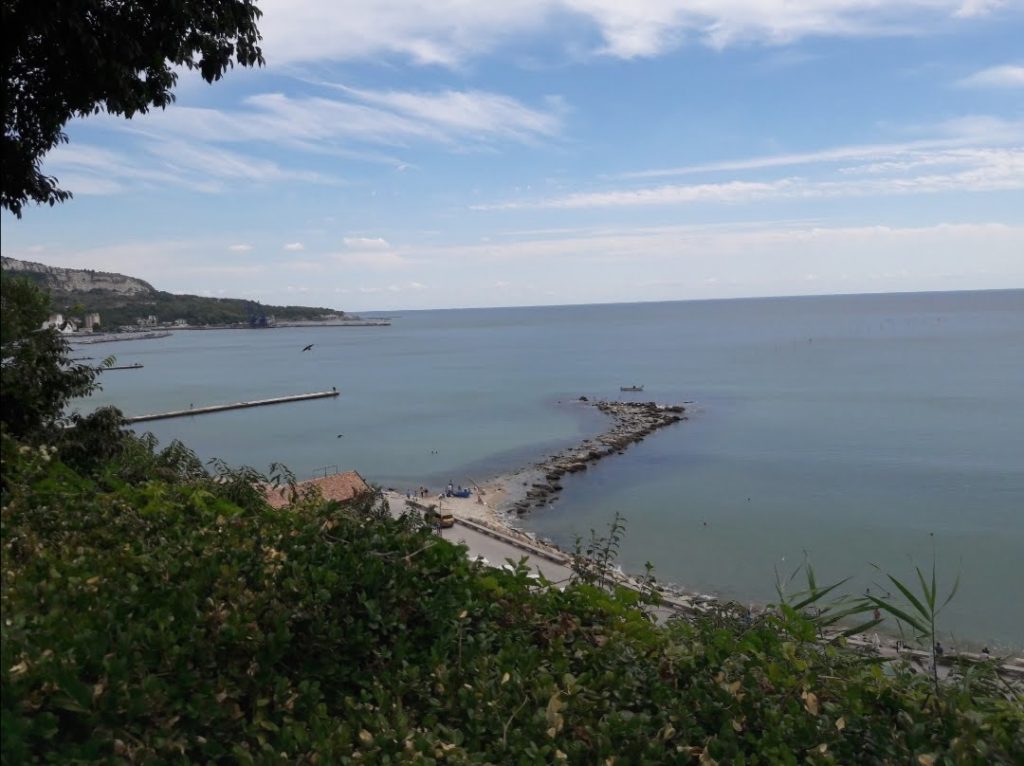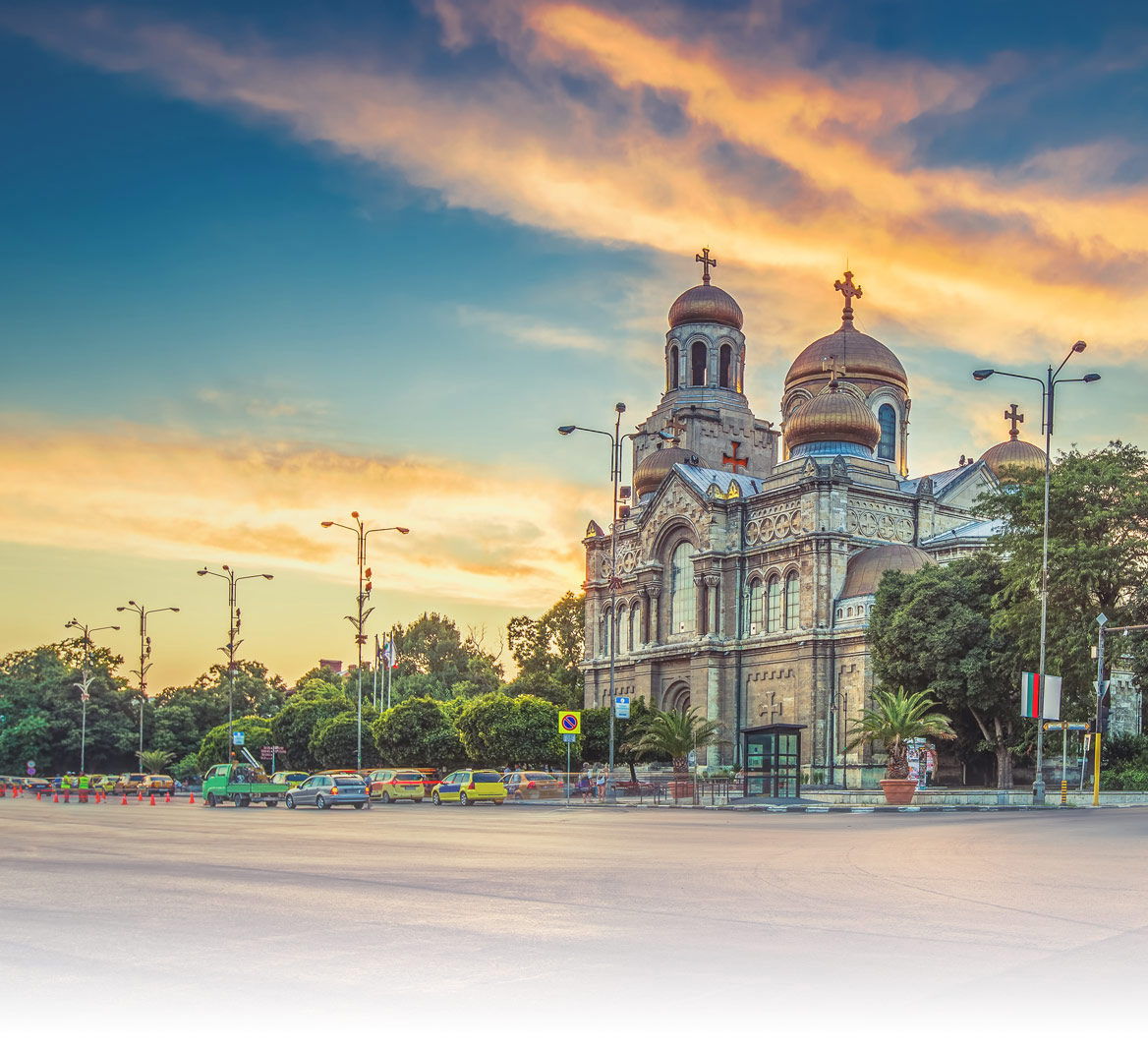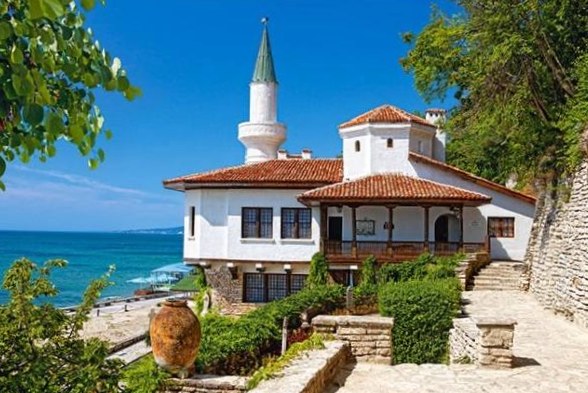
The story about the best place to visit in Balchik – the Palace and the Botanical Garden
“Love lives in my heart constantly, no heart can forget the experience!”
~ said the Romanian Queen Maria – the woman who wanted her heart to stay forever in Balchik.
Her love to this place dates back to 1921 when she first visited the small coastal city (at this time part of Romania). She was fascinated by the tranquillity of the ареа and the stunning view of the seashore. She couldn’t forget the beautiful Balchik and not so long after that she returned here … forever!
Balchik: The Palace and the botanical garden, part of an architectural and park complex, is a piece of heaven and a must-see tourist attraction on the Bulgarian Black Sea coast. But what is the connection with the Romanian Queen?
The complex showed up as a summer residence of the Romanian queen Maria (1875-1938). The Palace was designed by Italian architects and its construction started in 1924. It is situated about 2 km south-west of Balchik’s city centre in a beautiful area between the rocks and the sea. The Palace is a designated archaeological and constructional monument of culture and a monument of the gardening and landscape art, declared by Statute No 09-128 of the Ministry of Culture, dated 18 April 2002.
Maria Alexandrina Victoria de Edinburgh or just Mary is the daughter of the Duke and Dukesse of Edinburgh and Coburg – Alfred and Maria Alexandrovna, and granddaughter of Queen Victoria of England and of Russian King Alexander II. Her royal lineage links England, Russia and Romania after her political marriage to the Romanian King Ferdinand de Hohenzollern. She decided to build her own summer residence in Balchik, the place she fell in love with, and had a strict requirement for the designers so the construction of the bildings would not harm the natural environment, but rather complements its beauty. Chapels, yards, fountains and buildings in various styles were built – typical Bulgarian, Transylvanian, Byzantine, Roman, Arabic, Mauritanian.
As part of the residence, in 1926 the Swiss botanist Jules Jani designed and built a park complex. 29 years later, the Sofia University “Saint Kliment Ohridski “ created at this place a botanical garden with an area of 65 decares. Now, it has over 2 000 plant varieties from 85 families and more than 800 genera…
One of the biggest attractions is the collection of giant cacti growing outdoors from April to October. This is the second of this kind in Europe after that one in Monaco. The collection of 600 specimens of giant succulents, some of which bloom only once in 100 years is also impressive. Between the most beautiful wildflowers in the garden are the water lilies and the magnolias, as well as the gorgeously arranged collection of annual plants at the entrance. The selection of palm-trees includes 33 species, some of which are more than 50 years old. Here you can see rare and exotic trees such as rubber trees, oriental raisin trees, paper mulberry, red juniper, ancient Ginkgo biloba, evergreen magnolia, etc. Of Interest is also the Metasequoia, which was considered extinct until during a scientific expedition in China a Bulgarian scholar found a living plant.
What will you see after entering this fairy-tale complex?
The complex consists of a few villas and buildings with charming spirit. A statue of St. Martin – a patron of the Roman royal family can be found next to the administrative building, on top of a stone column. Renovated mills are nowadays used for accommodation. One of the princess’s favourite places in the palace was the marble throne, overlooking the sea. Entering this colourful oasis, you will find a fascinating world of mysterious views, harmony and unique beauty…
The Gardens and the alleys
In this flower kingdom, Queen Maria gave a name to each garden and alley. Here you can go through the “Walk of wine”, “Walk of Ages”, “Hanging terraces”, “Divine garden”, “English garden”. Some of the most attractive are “The garden with water mirror”, “The Bridge of the palace” and “The Bridge of Sighs”.
The Garden of Allah
In the Palace and the botanical garden in Balchik, the symbols of Islam and Christianity complement perfectly to turn it into a temple of all religions under the stars, known as “The Garden of Allah”. The tap water is poured into a water mirror that separates the two divine gardens.
The Nymphaeum
This is the temple of the water! You will see a small fountain in the “Garden of Allah“, that dates back from 1865 and was formed into the walls of the Nymphaeum. There is no roof over the temple of the water, so the stars reflected in the water, as they come down from paradise…
The Blue Arrow Villa
It was built in 1931 on the edge of a cliff, above the seashore at different times there lived Prince Nikolay – the second son of Queen Mary and Princess Ileana – her youngest daughter. Nowadays on the first floor of the “Blue Arrow” is located in a gallery, which presents paintings and photographs of Balchik Palace.
The Entrance of the Palace in Balchik
The road to the Palace goes between two rows of stone walls. It ends in front of a large gate of a building that looks like a watchtower. This is the main entrance of the Palace where the guards were standing. On both sides of the entrance are placed spherical sea mines that send a warning to anyone who wants to enter the Palace.
The Palace in Balchik
The palace is called by Maria with the romantic name “The Quiet Nest” and was built in 1925. The villa is surrounded by verandas, the ground floor is Italian rustic. The top of the tower looks like a minaret of a mosque. At the top, there is a harp (named after the Greek wind god Aeolus). It is a hollow funnel tube in which strings are stretched and in the wind, they make a gentle harp sound. Parts of the authentic objects and furnishings, as well as the original icons from the Chapel “Stella Maris”, have been preserved. Here you will see the wardrobe, mirrors, photographs and other items that still keep the memory of this extraordinary woman Queen Mary.

The Palace in Balchik 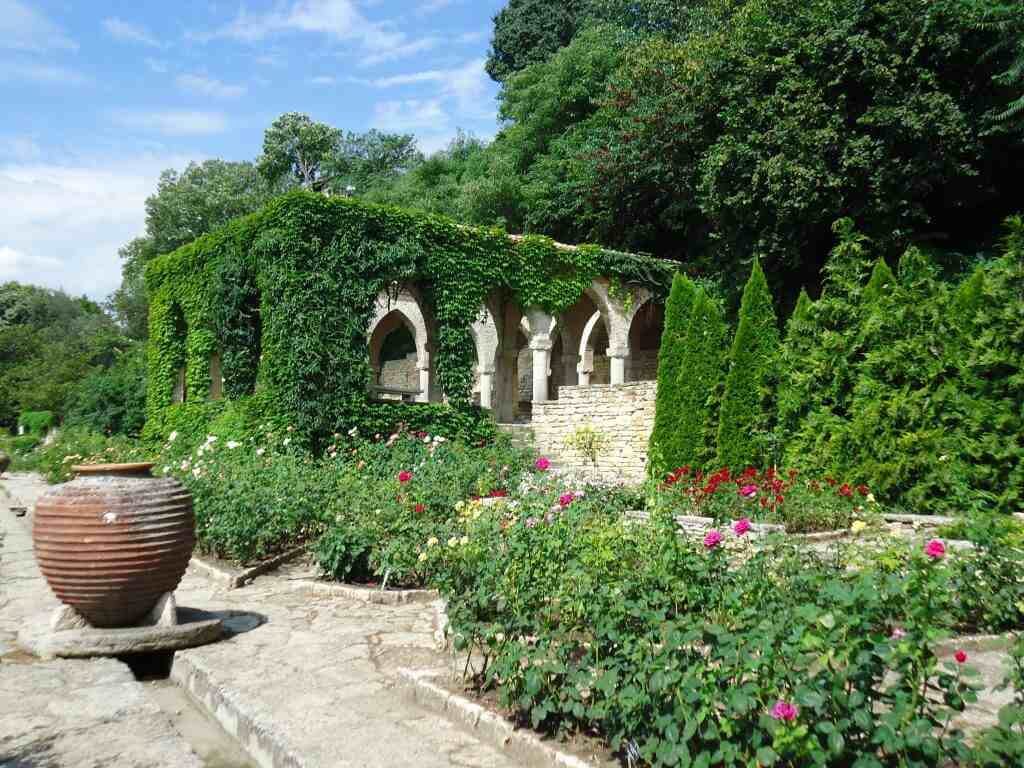
The Nymphaeum
The Silver Well
When entering the Palace in Balchik and going through exquisite wrought-iron gate you will reach the white stone building with a stone platform at the centre – “The Silver Well”. Queen Mary gave the name of the well, because of the cold, clear waters. She decided to build wells in biblical styles, like the wells of a Samaritan woman, made of stone with carved biblical crosses on them. There is a beautiful icon of the Holy Virgin and Jesus on one of the walls.
Waterfall in the Palace
Close to the terraces, you will find a beautiful waterfall with a height of over 25 meters. It is surrounded by many greenery and colourful flowers.
The Chapel “Assumption” & The Alley with white lilies
Going through one of the arches of “Temple of Water” you will find yourself in a white garden, completely different from any other at the complex – “The alley with white lilies.” The lilies are a symbol of the Holy Virgin and centuries back, early Christians made wreaths and carried them as a sign of sincere faith. Maybe that’s why “The Alley with white lilies” is right next to the Chapel “The Assumption”. It was built in 1932, but the wood-carved throne and the iconostasis were made as early as 1721 and were purchased especially for the Chapel from Cyprus.
From the Chapel, you can reach “The garden with the cross-shaped water mirror”, carved like a cross on a stone terrace and encircled by heavy ship chains. From there along white rock stairs, you can reach the Gethsemane Garden. It is memorable with its black tulips, rare trees and bush species, jujube, paradise apple, pomegranate, fig-trees, begonia and many more.
The complex was completed in 1936, but Queen Maria died two years later in Sinaia (Romania). By her will, her heart was placed in a small golden casket and returned to the chapel “The Assumption of Mary” in The Palace. But after the return of this territory (Southern Dobrudzha) back to Bulgaria, the Queen’s heart was returned in a castle in Romania. The villa where once the Queen lived, hosts a museum exhibition, which displays her private belongings, photographs and documents, as well as a collection of original paintings and icons; antique ceramics, found during archaeological excavations. The hall that once served as the residence’s library is now a gallery. It displays paintings of Bulgarian and foreign artists. Here Queen Maria organized rich dinners that gathered selected people from the European society. The regular visitors were mostly poets, artists and musicians.
When to visit the Palace in Balchik?
The complex is open to visitors all year round, but the best time to visit is between May to October. It is open every day from 08.30 to 17.00 (during the winter) and from 08.00 to 20.00 in the summer. Visitors are offered guided tours, educational courses and other services, including wine tasting and accommodation. Learn more about the complex on its website:
The cultural and historical value of the architectural complex is surely huge. The place is a mixture of unearthly beauty, a unique atmosphere and an amazing poetic sense of mysticism. The Palace has a very convenient location, 40 km northeast of Varna city and very close to the summer resorts Golden Sands, Albena, Kranevo, which makes it a perfect destination for excursions and day trips. The interesting history, combined with the beautiful architecture makes the Palace unique in spirit and atmosphere. It is no coincidence that the complex ranks first on TripAdvisor:
“Balchik was my return to the sea – my first love. Born on an island, my soul longed for the sea…”
~ wrote Queen Mary.

